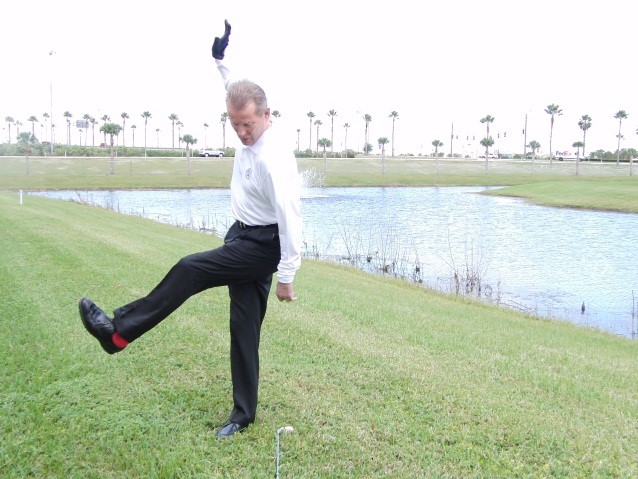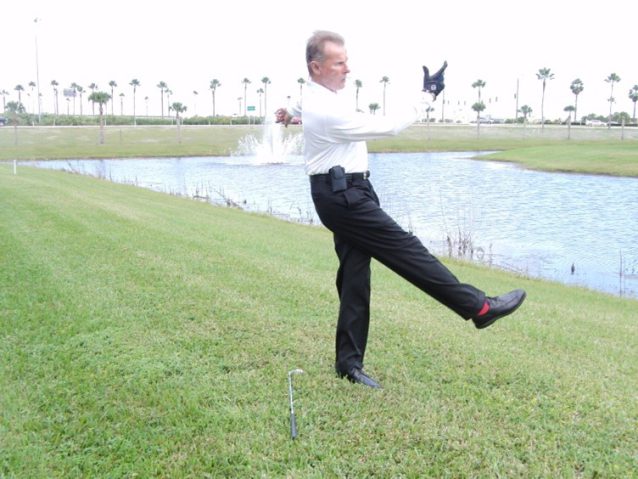Keeping Your Golf Proprioception System in Good Shape

By Dr. T. J. Tomasi, Keiser University College of Golf Senior Faculty and Director of Research
Biological sensors located all over your body send information to your brain about the exact position/condition of the body parts they monitor. This specialized body information is gathered by your Proprioception System and then processed by the brain – and if done correctly, this allows you to swing a golf club with accuracy and power.
But certain things can impair the function of your golf proprioception system (GPS), including stress, injury, aging, alcohol, drugs, etc. Thus, your GPS must be protected if you are to play your best golf.
The good news is that knee, shoulder, and ankle problems often can be mitigated if the right intervention techniques are utilized before injuries occur. So here are some exercises you can use to protect your GPS even before it becomes injured.
Note: Be sure to consult your doctor before using these exercises!
Exercise 1: light stretching warm-up – gently swinging two clubs at the same time (or a special ‘weighted club’) in a mock swing-like motion is the best general warm-up.
Exercise 2: The stork drill: place a club on the ground so it divides your stance in half, then straddle the club at address without a club in your hand. Next, stand with full body weight supported by your right leg only (left if you’re left-handed) and bring your knee up until your thigh is parallel with the ground – keep your eyes looking straight ahead. Do these until you can hold the pose for 10 seconds, then return to your address position.
Now position your weight in the same way on your left leg. Finally, without stopping at address, alternate from right to left, left-right holding each position for five seconds.
Exercise 3: Assume your golf address position empty-handed, then lift your front leg per exercise 2 and continue to mimic a full swing to the top by swinging your front leg around behind your weight-bearing leg — then reverse the swing and replant the free-swinging leg into its original address position and without stopping, continue through impact by swinging your right leg ahead of your left (see photo). Allow your upper body to simulate an easy swing with your trail arm and no golf club. Perform these mock swings until you feel loose but stable.


Weighting your back leg and then weighting your front leg mimics your normal golf swing; it also trains your proprioceptive system to activate the correct muscles that keep you in perfect golf balance.
I recommend you do these exercises three times a week and always use them just before you play. Some of my students even use the leg-swing drill as part of their pre-shot routine. Perform all exercises at less than half power, i.e., gently.
Takeaway: I believe these exercises help my players reduce and mediate injury to the joints and tissues directly involved in the swing while at the same time promoting balance during the golf swing. Used on a regular schedule, they can help protect your GPS.
Learn more!
Want more tips? If you want to take your game to the next level, contact our team at Keiser University’s College of Golf & Sport Management today. With our dedication and experience, together, we can elevate your game to new heights. Give us a call today at 888-355-4465.














